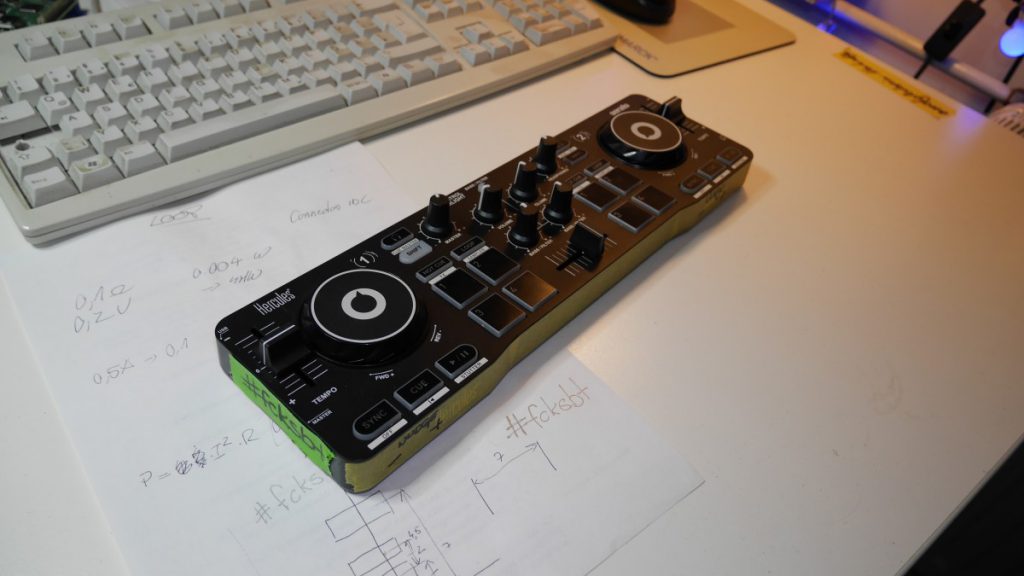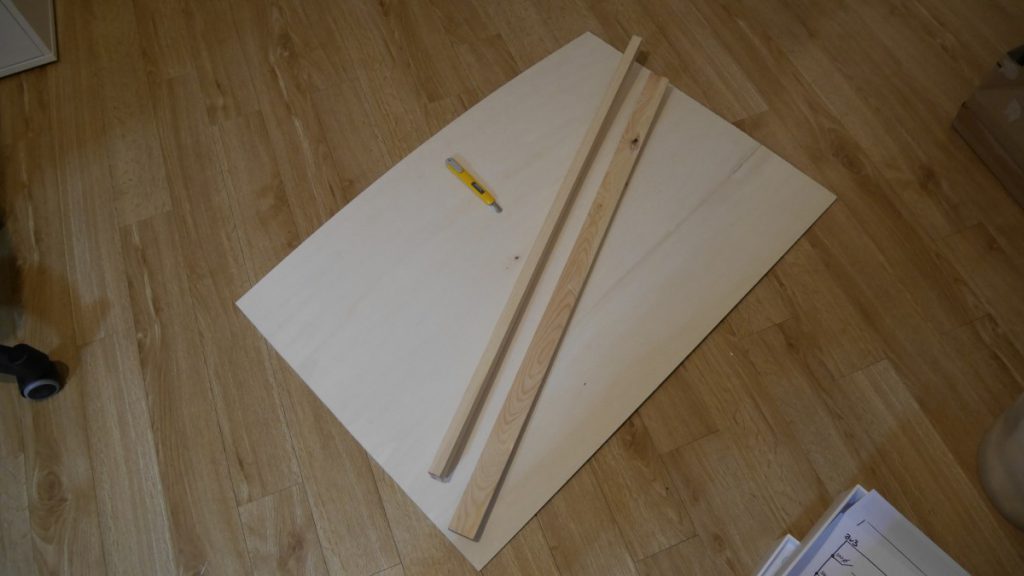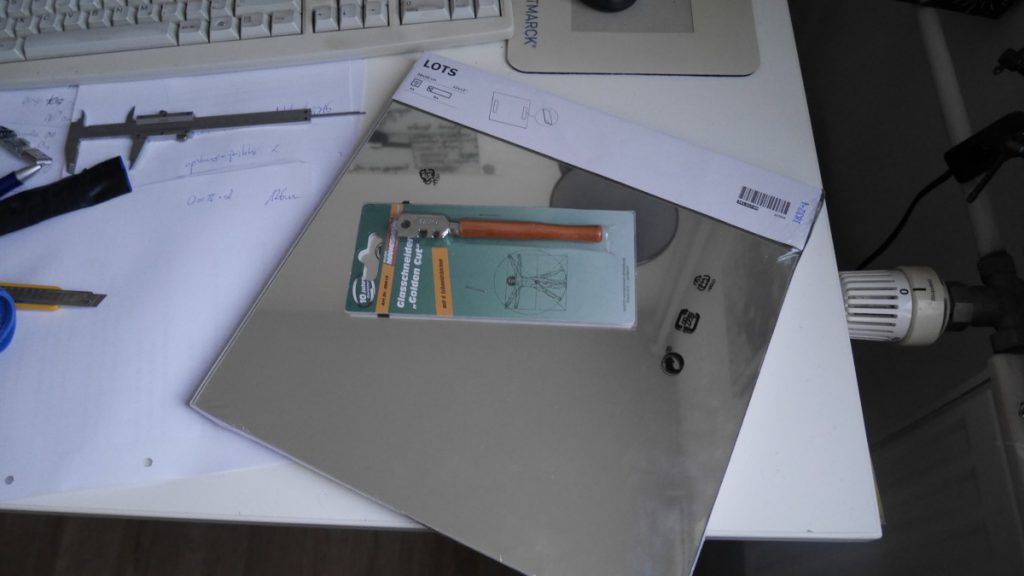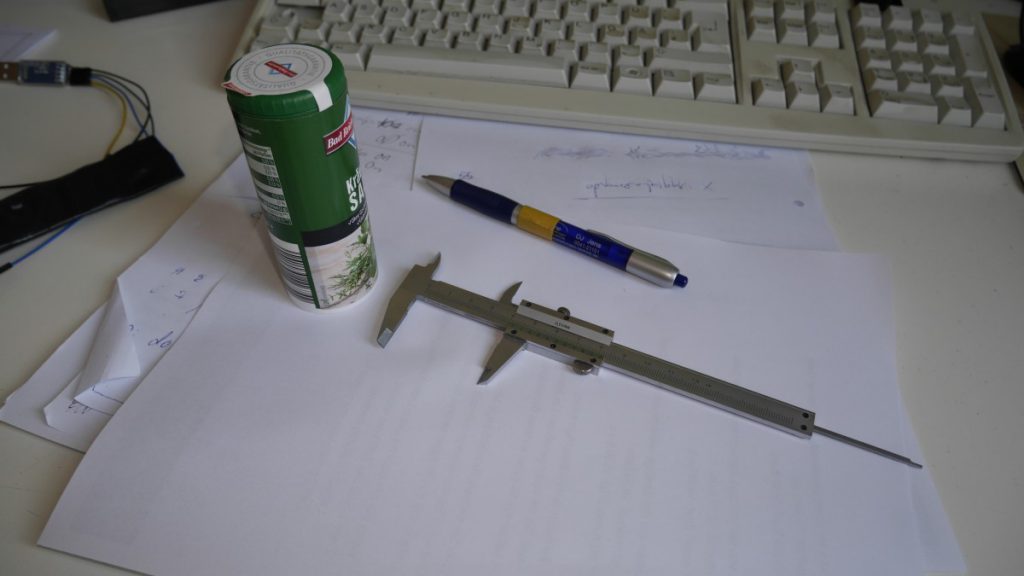Am Ende des vorherigen Posts zum vierten Bauabschnitt des neuen Midi-Controllers hatte ich ja bereits durchblicken lassen, dass ich mir aus lauter Verzweiflung einen neuen Midi-Controller bestellt hatte, um wenigstens ir-gend-etwas funktionierendes mit ‘Midi’ in der Hand zu haben. Das ist der Starlight Controller von Hercules.







